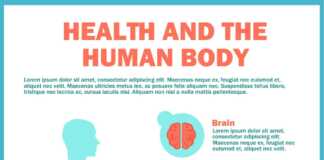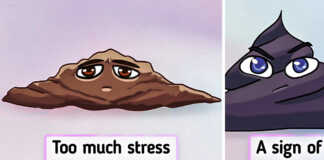Our bodies are complex and incredible machines. From the intricate workings of the brain to the powerful muscles that allow us to move, every part of our body plays a role in keeping us healthy and alive. In this article, we’ll take a closer look at some of the major systems of the human body and how they work together to keep us functioning at our best.
The Brain
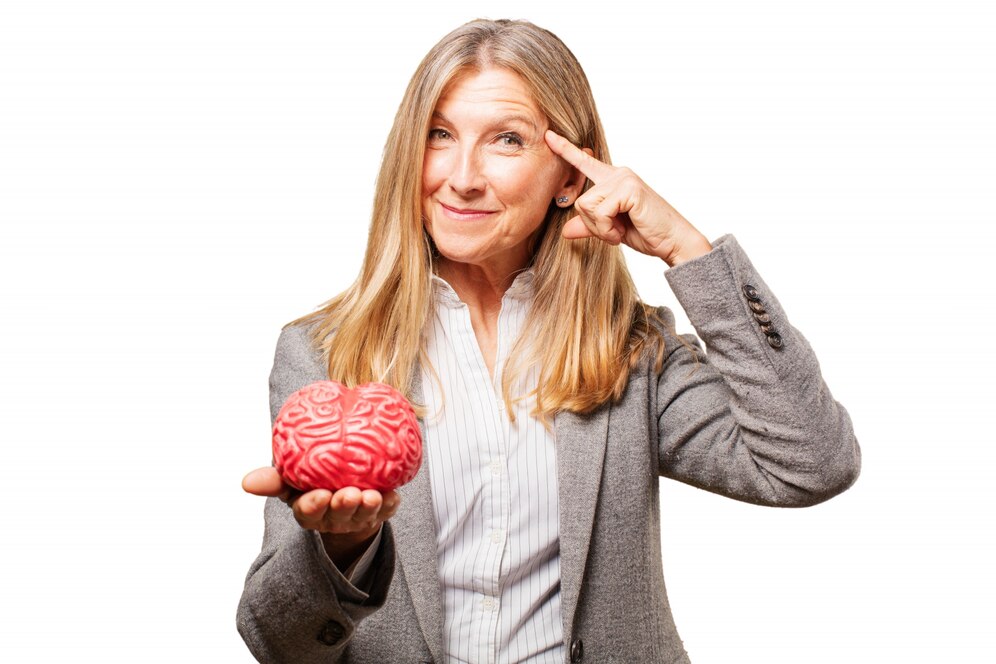 Image Source Freepik.com
Image Source Freepik.com
The brain is the control center of the body. It’s responsible for everything from our thoughts and emotions to our movements and senses.
The brain is made up of billions of neurons, which are cells that communicate with each other using electrical signals. These signals allow us to think, learn, and remember.
The Lungs
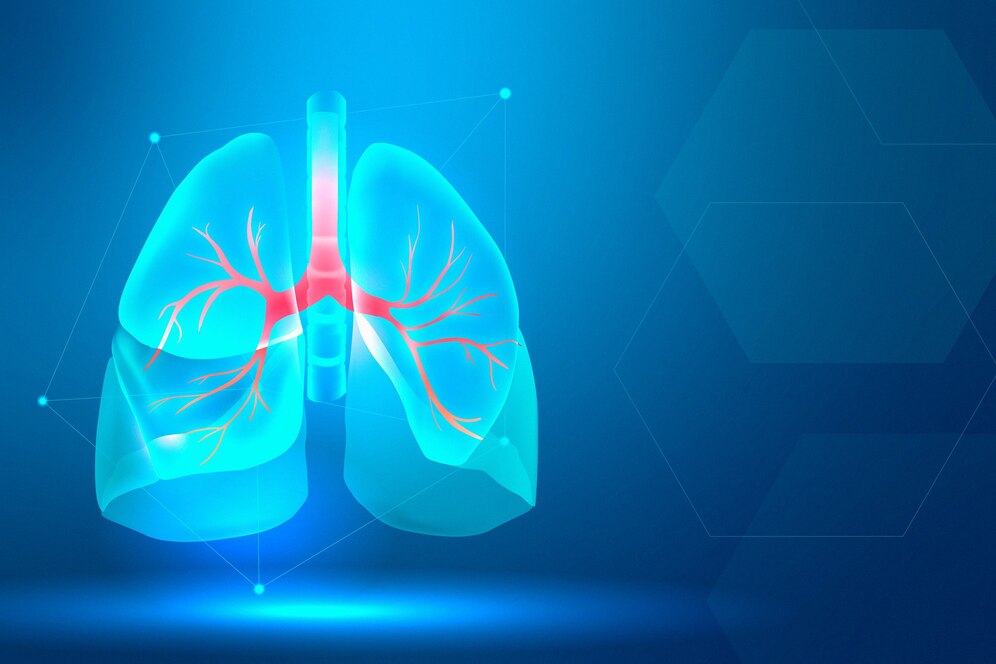 Image Source Freepik.com
Image Source Freepik.com
The lungs are the organs that allow us to breathe. They take in oxygen from the air and release carbon dioxide, a waste product of our cells.
The lungs are made up of millions of tiny air sacs called alveoli. These alveoli have a large surface area, which allows oxygen to pass into the bloodstream and carbon dioxide to pass out.
The Heart
The heart is a muscular organ that pumps blood throughout the body. Blood carries oxygen and nutrients to our cells and removes waste products.
The heart is made up of four chambers: the right atrium, the right ventricle, the left atrium, and the left ventricle. The heart beats rhythmically, forcing blood through the circulatory system.
The Stomach
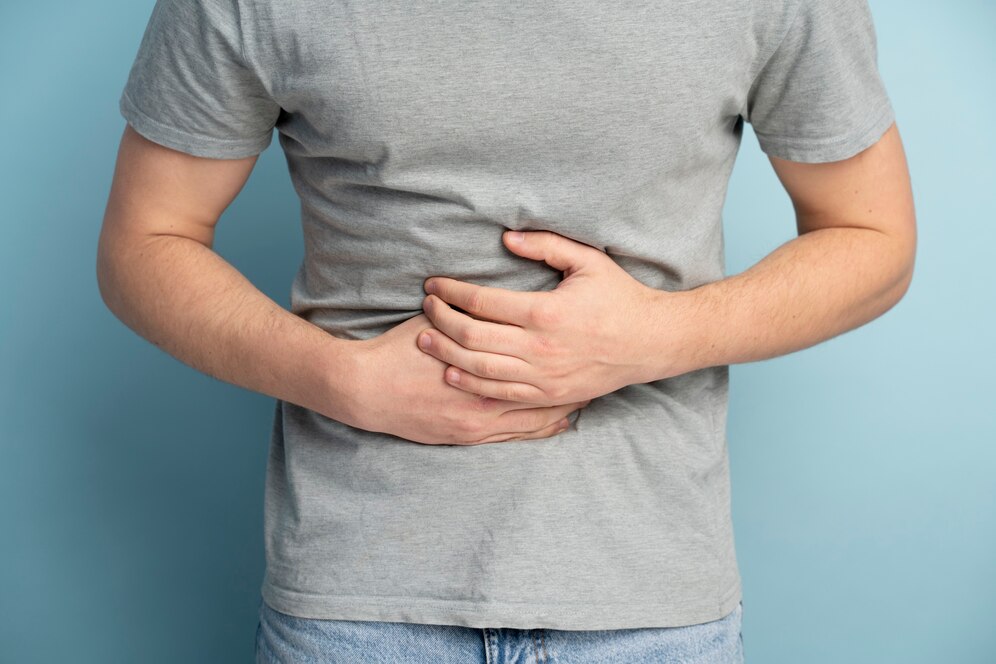 Image Source Freepik.com
Image Source Freepik.com
The stomach is a muscular sac-like organ that is part of the digestive system. It breaks down food into a liquid mixture called chyme.
Chyme is then slowly released into the small intestine, where nutrients are absorbed into the bloodstream. The stomach also produces gastric acid, which helps to break down food and kill bacteria.
The Kidneys
 Image Source Freepik.com
Image Source Freepik.com
The kidneys are two bean-shaped organs that are located near the lower back. They filter waste products from the blood and produce urine. The kidneys also help to regulate blood pressure, blood volume, and red blood cell production.
The Bones
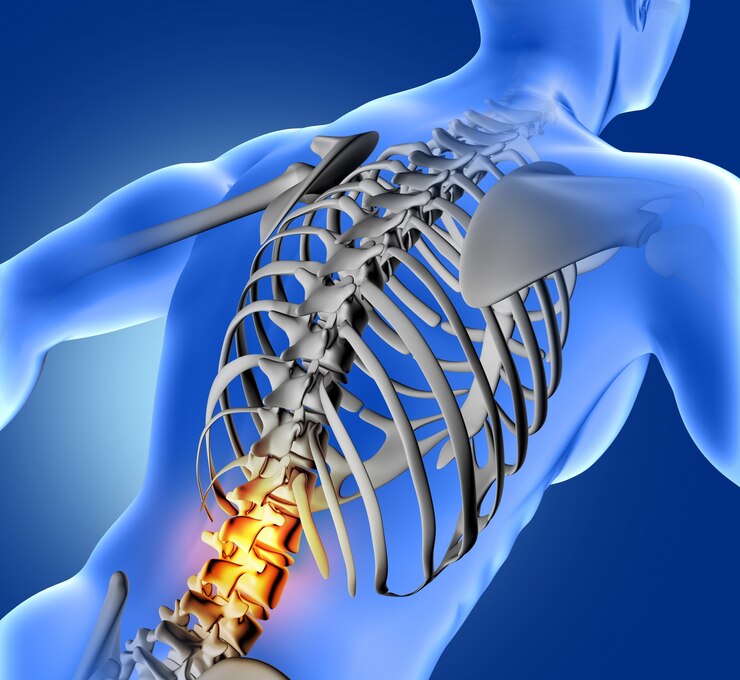 Image Source Freepik.com
Image Source Freepik.com
The bones are the hard structures that make up the skeleton. The skeleton provides support and structure for the body, protects our organs, and allows us to move.
Bones are made up of living tissue that is constantly being broken down and rebuilt.
Conclusion
The human body is an amazing machine. By understanding how our bodies work, we can take steps to improve our health and well-being.
Eating a healthy diet, exercising regularly, and getting enough sleep are all important for maintaining good health.
I hope this article has given you a brief overview of some of the major systems of the human body. If you have any questions, please consult with a healthcare professional.




